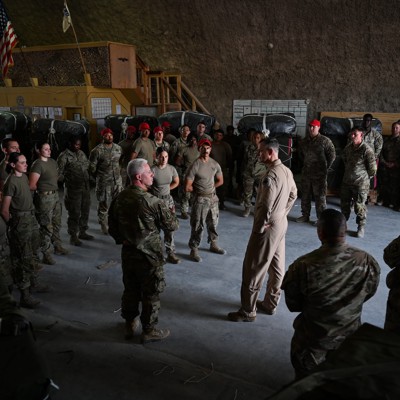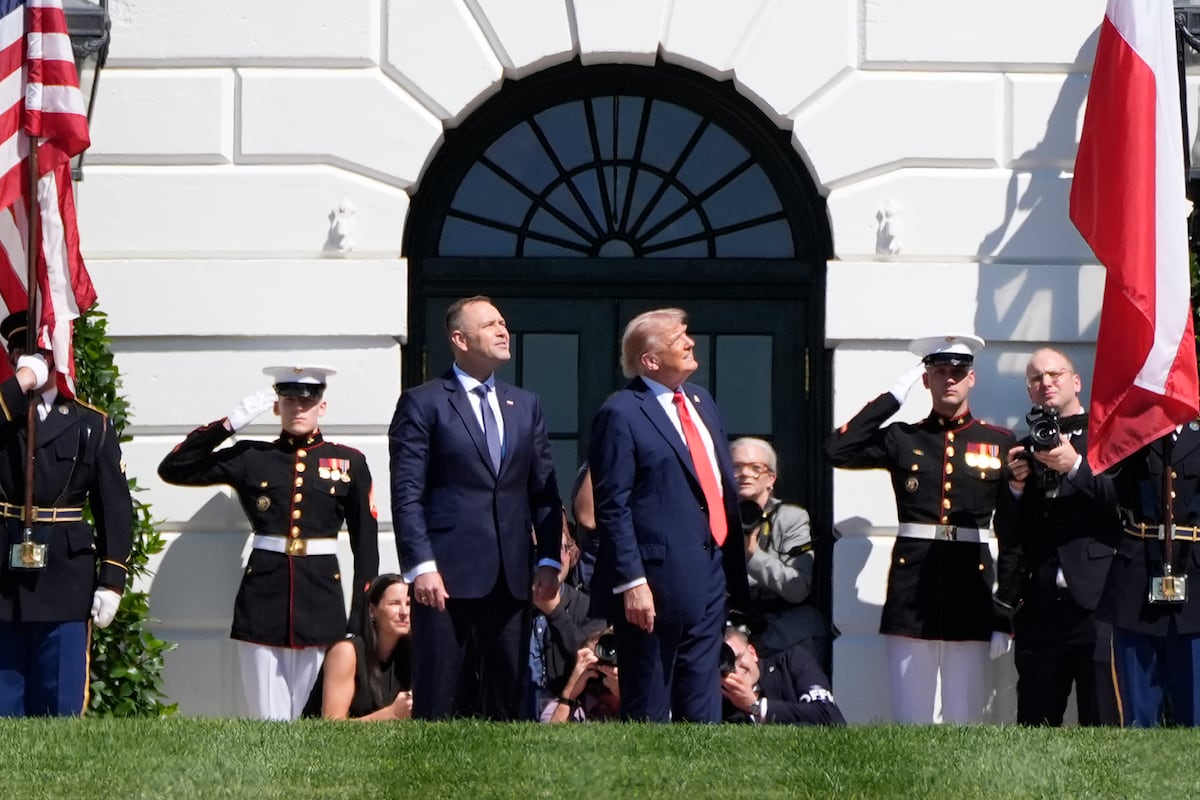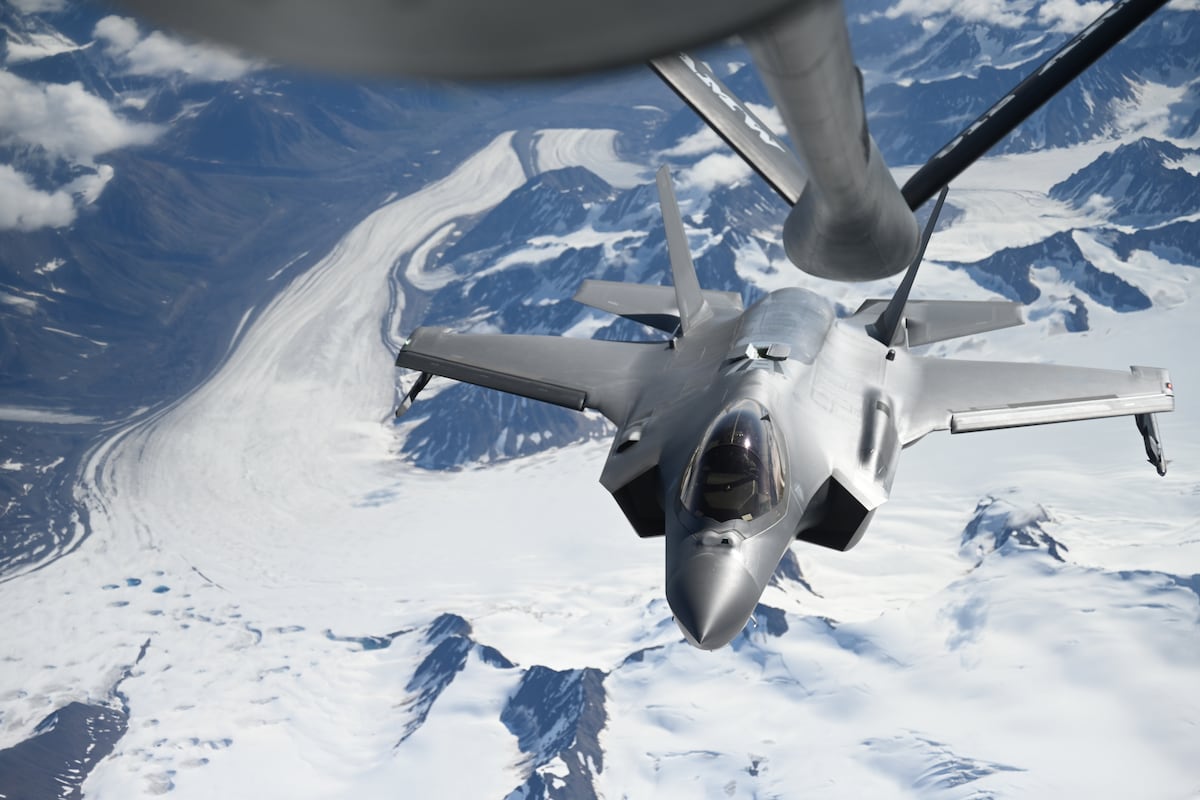With the war in Ukraine well into its third year and the Middle East on tenuous ground as Iran and Israel trade missile salvos—and the U.S. throwing its hat in the ring on Saturday—any conversation about reducing U.S. troop presence in U.S. Central or European Command appears to be on hold.
That was the message the likely incoming heads of those commands sent during a confirmation hearing Tuesday, along with concerns that one consequence of the U.S. striking Iranian nuclear facilities over the weekend could be Iran aligning itself even more closely with the U.S.’s other top adversaries: China, Russia, and North Korea.
“So in a future context, as we start to think about potential conflicts against great powers, we do need to worry about the potential for simultaneity of those conflicts, and think about how we posture ourselves and our allies to help deal with that,” Lt. Gen. Alexus Grynkewich, the nominee to lead EUCOM who currently serves as the Joint Staff’s operations director, told the Senate Armed Services Committee.
He declined to answer whether reducing U.S. troop presence in Europe is on the table, but said NATO countries increasing their defense spending could help with deterrence.
“If we look at the situation today, many of our forces that were forward postured in Europe were in a perfect position to swing into action to support [CENTCOM] during the crisis in the Middle East,” he said. “So it is a good pivot point from which you can move forces to any region of the world for combat operations.”
But assuming the current administration would order a posture review, Grynkewich said only that he would give his best advice to the defense secretary about what makes sense for a troop laydown in Europe.
Prior to Russia’s invasion of Ukraine, roughly 80,000 U.S. troops were in Europe, either stationed on U.S. bases or on rotating deployments to train with allies. Another 20,000 troops surged to the continent when the war broke out, specifically to countries on NATO’s eastern border.
During the last months of the first Trump administration, the president ordered 12,000 U.S. troops out of Germany, as part of his campaign to get that country and others to increase its defense budget.
This time around, NATO countries are pledging 5 percent of their gross domestic product, but there has been no public discussion about withdrawing troops from the continent.
At the same time, the U.S. has ostensibly been planning to draw down troops in Iraq, where about 2,500 are still partnering with Iraqi forces and allied countries to keep ISIS at bay.
The Iraq Higher Military Commission, the group tasked with creating a U.S. withdrawal plan, hasn’t met since September. Back then, the commission announced it would transition “to bilateral security partnerships in a manner that supports Iraqi forces and maintains pressure on ISIS” by this September.
But Iraq doesn’t want the U.S. to leave, Sen. Angus King, I-Maine, said Tuesday, based on a recent trip he took to Turkey, Lebanon, Oman, and Iraq.
“They have an election coming up this fall, and that’s been one of the significant dangers,” King said, referring to potential threats from Iran-backed militias in Iraq. “What I’m getting at is it seems to me, given the renewed volatility—this region has been volatile, seems like forever, but the renewed volatility in the last several months—it’s not a good time to be drawing down our forces, because they are viewed as stabilizing forces in all of those countries in the Middle East.“
Vice Adm. Brad Cooper, the deputy commander of CENTCOM who has been nominated to head that command, agreed with King.
“Our approach today is to assess and move forward on a conditions-based assessment,” he said. “I think, given the dynamic nature of what’s happening today, that assessment in the future could look different than it does today, perhaps, and if confirmed, I’m committed into my tenure to continue to assess on what our posture needs to look like, and make recommendations.
Read the full article here








Leave a Reply